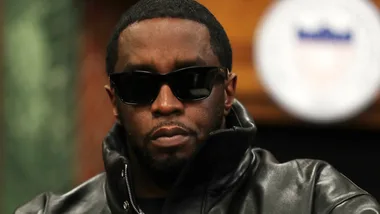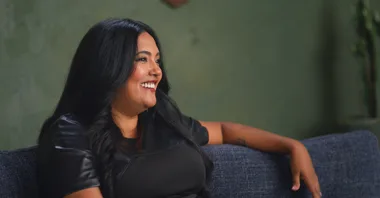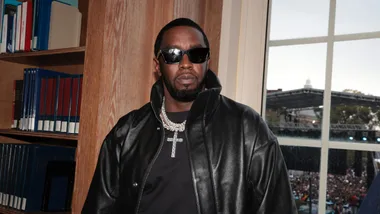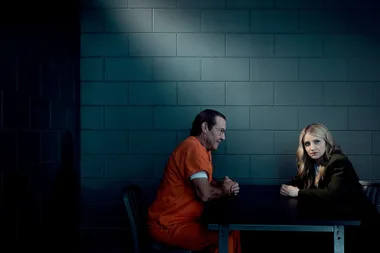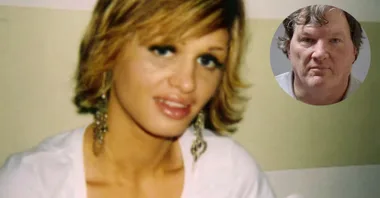In early 2009, Michael Jackson thought he had found the answer to his failing health: a new personal physician named Conrad Murray. The relationship – which he’d hoped would help him recapture the energy needed for his anticipated “This Is It” tour – ultimately proved fatal.
Jackson’s final moments on June 25, 2009 – and the months leading up to them – are detailed in 83 Minutes, a new book by Mark Langthorne and Matt Richards, which is excerpted in WHO’s latest issue.
The King of Pop was financially and physically drained in 2009 – just four years after a high-profile molestation trial chipped away at his musical legacy. Attempting to mount a comeback, Jackson turned to Murray that April for a drug he thought would cure his insomnia: Propofol.
“Dr. Conrad Murray had already ordered some 5,900ml of Propofol,” 83 Minutes explains. “To put this amount into some sort of perspective, a typical hospital with nine anesthetists working 10-hour days every day of the week would use around 5,000ml a week.”
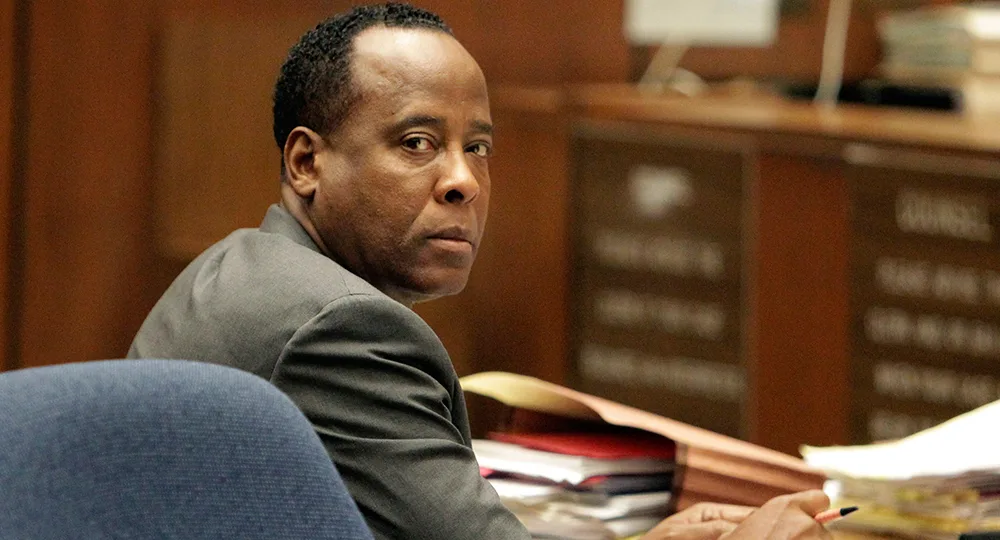
Coupled with Demerol (an opioid pain medication) administered by his dermatologist, Jackson’s facilities were significantly diminished by his increased daily drug intake, “This is It” director Kenny Ortega noted. Ortega said that Jackson was “weak” and “fatigued,” comparing him to a “lost boy.” During rehearsals in London, Jackson forgot song lyrics, and on the phone with son Prince Jackson, then 12, he cried, “They’re going to kill me,” the book says.
On June 24, however, it seemed like Jackson was getting back on his feet: he made it through a rehearsal performance successfully. He arrived home at his Los Angeles mansion around 1 a.m. the next morning, greeted by Murray in what was dubbed “the medication room” – a space that, according to 83 Minutes, “resembled the squalid lifestyle of a drug addict.”
Murray later told police that over the next nine hours, he gave Jackson Valium and sedatives Lorazepam and Midazolam. At first attempting to avoid administering Propofol after 60 consecutive nights of use, Murray eventually caved to a still-“wide-awake” Jackson, who begged for the drug, Langthorne and Richards write.
Twenty minutes after pushing 25mg of Propofol into Jackson at 10:40 a.m., Murray testified, the star was asleep. While the physician insisted to police he left the room only to use the bathroom, phone records presented in court revealed he was on the phone to various contacts and a girlfriend between 11:07 and 11:51. It wasn’t until 12:05 p.m. that anyone else in the house even realized something was amiss.
“When Murray dialed [his girlfriend] at 11:51 a.m., it would be another 83 minutes before the gurney carrying the stricken body of Michael Jackson was rushed into the ER of the Ronald Reagan UCLA Medical Center,” 83 Minutes reads, “and an incredible 134 minutes after Murray, according to his statement, had come back into Jackson’s bedroom, after going to the toilet, to find the singer not breathing.”
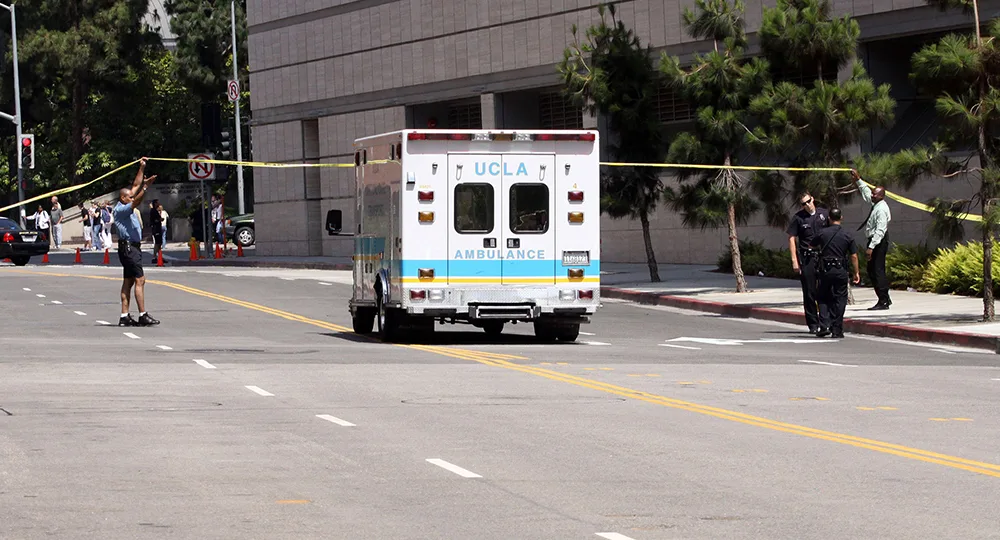
While Murray told police he immediately ordered Alberto Alvarez to dial 911, Jackson’s assistant shared a different story. Alvarez said Murray surveyed the room before shoving vials and an IV drip into a bag. It wasn’t until 12:21 p.m., Alvarez said, that 911 was called, the book explains.
Murray then attempted CPR – a horrific scene that Jackson’s young children briefly encountered. Minutes later, the ambulance arrived. Paramedic Richard Senneff testified that Jackson looked like a “hospice patient,” the book says, and that Murray at first told him the “Thriller” singer was on no medications.
After two rounds of drugs failed to kick-start Jackson’s heart, a supervising UCLA doc wanted to pronounce him dead. Murray, was hesitant, though, according to 83 Minutes, and, at 1:07 p.m. ordered him taken to the hospital. It was there that his death would be declared.
A short two years later, in 2011, Murray was convicted of involuntary manslaughter for his involvement in Jackson’s death. He was released in 2013 after serving half of his four-year jail sentence.
For more on this story pick up a copy of this week’s WHO Magazine. On sale now.
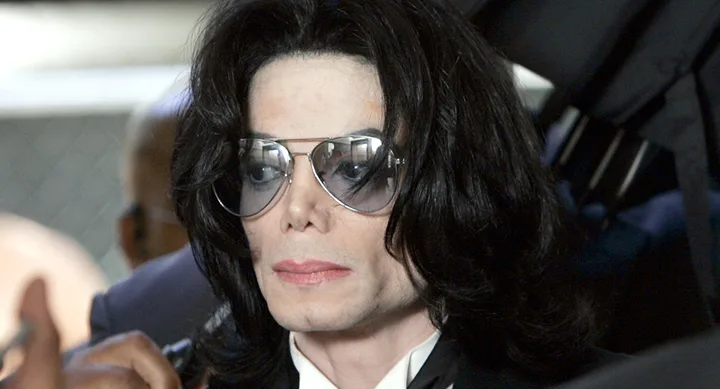 Getty Images
Getty Images
